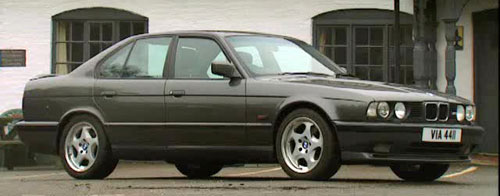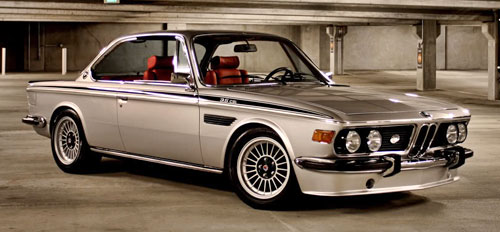BMW M8:
Long-Awaited Bavarian Supercar

Ever out of sync with the ebb and flow of the supercar market (the supermarket?), BMW looks set to finally unveil a counterpart to Mercedes’ SLS AMG and Audi’s R8. Well, in a few years, that is. Left Lane reports on the upcoming M8 (its rumored name):
…BMW will unveil the M8 as a concept in 2014 before launching the production version two years later.
Why rush things?
The late ’70s BMW M1, admittedly an excellent car, was too late (and underpowered) to participate in the initial supercar wave that produced such leading lights as the Ferrari Boxer or Lamborghini Countach. And the M1 predated the mid-’80s supercar boom by half a decade. The Bavarian automaker chose to sit out the more recent spate of astronomically-priced road-eaters as well; the new BMW supercar’s would-be rivals have been one-upping each other around the Nürburgring for the better part of a decade at this point.
Left Lane continues:
[T]he 21st century M1 will pack about 600 horsepower thanks to a 4.0-liter V8 engine fed with two turbochargers. Mated to a nine-speed automatic transmission, the eight-cylinder mill will propel the M8 from zero to 62 mph in about three seconds and on to a top speed of roughly 200 mph.
Other than a 9-speed automatic (!), there’s nothing from that description that wouldn’t translate perfectly into the curriculum vitae of, say, a McLaren 12C or Lexus LFA. If BMW wants to have any chance of success, as impeccable as the road manners of the upcoming M8 will inevitably be, its automaker needs something more, something special, something unique in a crowded market. Otherwise, what’s the point?
Editor’s note: The car pictured at top is a rendering developed by the website TopSpeed.com and doesn’t officially represent a definite design direction for a new production BMW.














